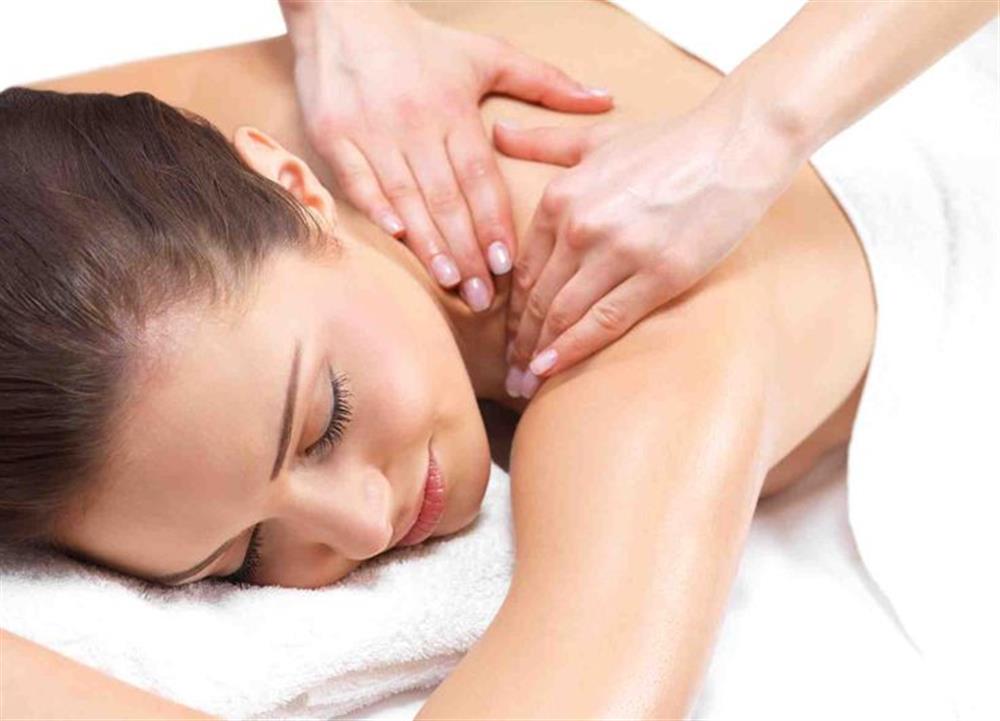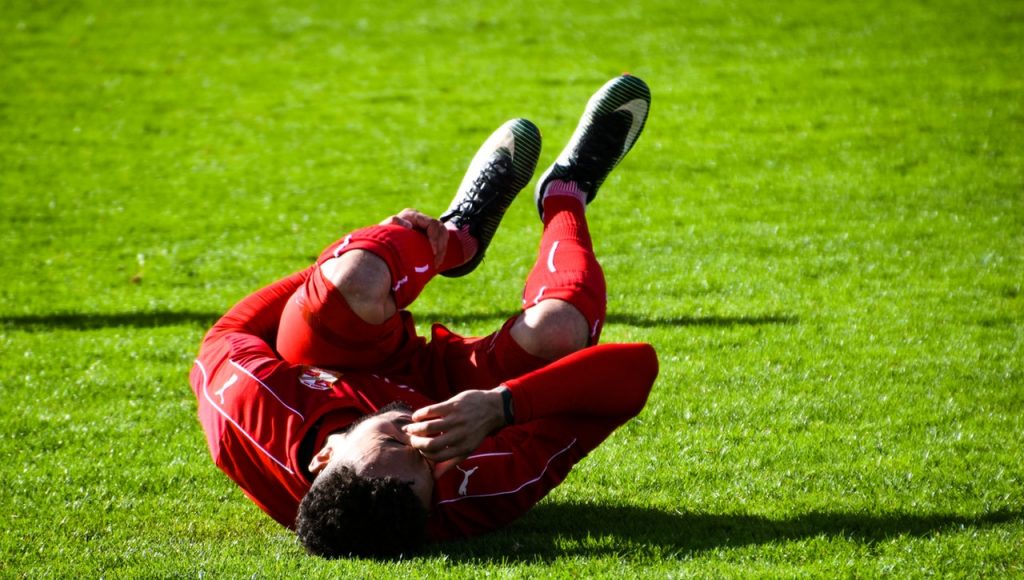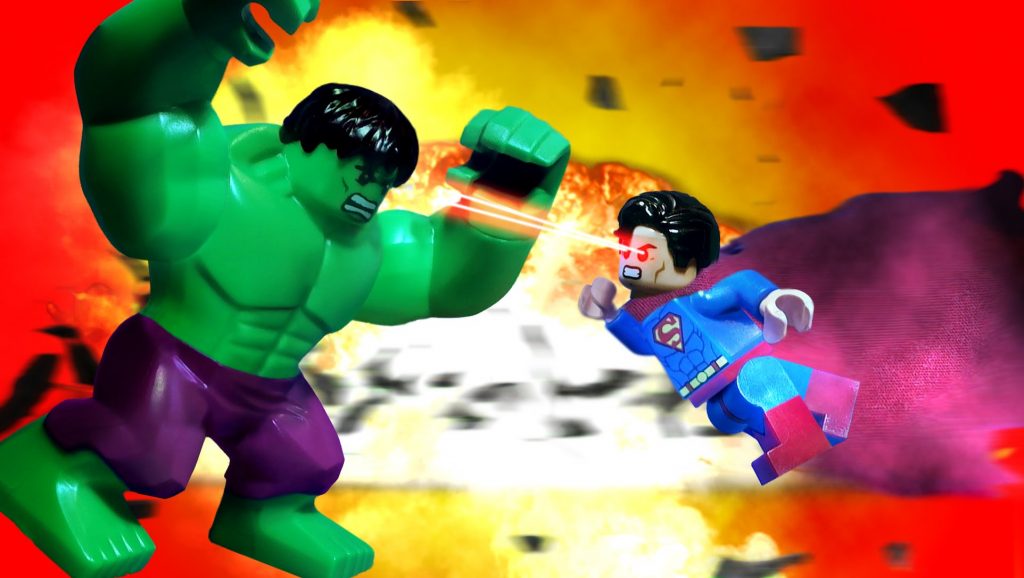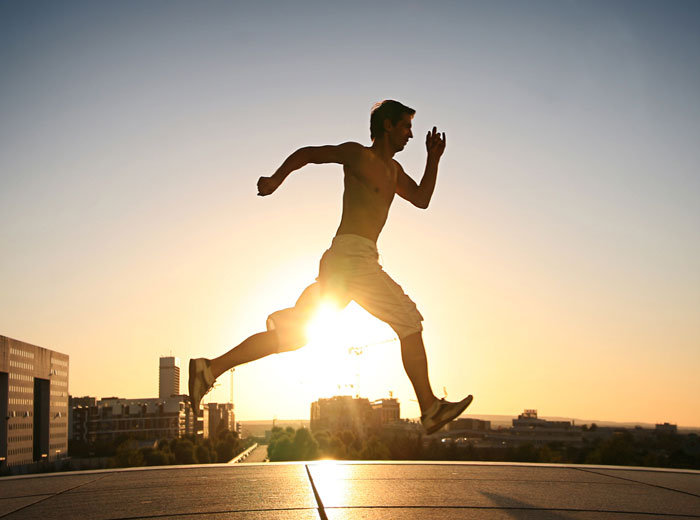
Understanding the different massage therapies available and choosing the right one for your injury or pain rehabilitation can be confusing. Whilst your therapist will and should guide you in this direction when you have your initial consultation, having an understanding of the different therapies available and what will help you the most is definitely good to know.
In this article, I outline some of the different therapies available and what they can do to help relieve your pain:
Deep Tissue Massage:
Deep tissue massage therapy is similar to a Swedish massage, but the deeper pressure used is beneficial in relieving chronic muscle tension by focusing on the deepest layers of muscle tissue, tendons and fascia (the protective layer surrounding muscles, bones and joints).
This type of massage is often used to treat people who are recovering from accidents, and for those suffering with sports injuries as it increases blood circulation in muscles that are underused, which then relieves the chronic muscle tension throughout the body. It can also break down scar tissue and “knots” deep in the muscles.
Cupping Therapy:
Cupping therapy is an ancient form of alternative medicine in which a therapist puts special cups on your skin for a few minutes to create suction. People get it for many purposes, including to help with pain, inflammation, blood flow, relaxation and well-being, improves range of motion in any joint and as a type of deep-tissue massage.
At Lifestyle Therapies we use a modern version of cupping uses a rubber pump instead of fire to create the vacuum inside the cup. This is to ensure safety for the clinic and the client.
During this treatment the cups will be applied to the areas of tight muscle tissue the cups and moved periodically depending on the feedback from the patient and the reaction of the body to the treatment.
After cupping it is important to remember that after the treatment discolouration of the skin is to be expected where the cups are applied depending of the tension of the muscle tissue.
Scar Tissue Massage:
Scar tissue massage is a common method used to help remodel scar tissue that has developed in injured tissue. This treatment is used after surgery, fracture, or soft tissue injuries like sprains and strains. Scar massage is also known as scar-mobilization.
Scar tissue grows in the body as a normal response to injury. The breakdown or realignment of collagen fibres is a physiological effect of massage to break down scar tissue. Collagen fibres are fibrous connective tissues that make up scar tissue and are used to repair damaged tissues resulting in the formation of adhesions.
Management of scar tissue through scar massage, stretching, and exercise is essential to ensure proper remodelling of the scar takes place and normal mobility and function are restored.
Therapeutic Massage Therapy:
This type of massage is defined as the mobilisation of soft tissue (such as muscle, fascia and body fluids) to restore normal systemic and biomechanical/functional use. It can be used to assist in the treatment of most musculo-skeletal and associated problems, and regular Therapeutic Massage Therapy results in improved circulatory, lymphatic and neurological functioning.
Therapeutic Massage can be stimulating or soothing depending on the technique, depth and speed. It is both safe and effective and helps to create balance and harmony from within and given the high levels of stress that we are facing in this day and age, therapeutic massage therapy is one of the best options to improving your overall wellbeing.
Sports Massage Therapy:
Sports massage can be used in two ways: to help prevent sports injuries or to help recover from sports injuries.
Soft tissue is connective tissue that has not hardened into bone and cartilage; it includes skin, muscles, tendons, ligaments and fascia (a form of connective tissue that lines and ensheathes the other soft tissues). Sports massage is designed to assist in correcting problems and imbalances in soft tissue that are caused from repetitive and strenuous physical activity and trauma. The application of sports massage, prior to and after exercise, may enhance performance, aid recovery and prevent injury.
The result is a tailored, holistic, approach promising appropriate sport massage for every individual, with a particular emphasis on education, understanding and movement re-education. You will walk out better than you walked in!
Trigger Point Therapy:
When the myofascia (this is a cover that goes around your muscles) is stressed from overuse or trauma it can tear and adhear together. These adhesions are called “trigger points (Knots)” and can prevent the muscles from working well.
Trigger points lead to an increase in muscle stiffness and tenderness and a decrease in range-of-motion. In addition, the discomfort from trigger points can radiate from the adhesion. Trigger point therapy specifically targets and releases these knots throughout the whole body. This can promote pain relief and improve the way you move.
Neuromuscular Therapy:
Neuromuscular therapy is a specialized form of deep tissue massage in which digital pressure and friction are used to release areas of strain in the muscle. These areas of strain are called tender or trigger points and are the causes of muscular pain symptoms.
Neuromuscular therapy is used to treat many different soft tissue problems. The following list is a small example of issues that may be helped by neuromuscular therapy:
Lower back pain, upper back pain, piriformis syndrome which is a form of sciatica, hip pain, headaches, plantar fasciitis, calf cramps, tendonitis, knee pain, iliotibial band friction syndrome.
Full Body MOT:
A full body massage therapy session is a fusion of Integrated Myofascial Release, Sports Massage & Sauna Therapy which will guarantee you leaving feeling like you have a brand new body.
Habitual holding patterns can create long term dysfunction in the body which leaves you feeling chronic long-term pain. Your full body check-up will address any existing problem areas that you may be experiencing, and help you understand the things you didn’t know about your body as well as preventing any on-going/future issues.
Hand Massage:
A hand massage is massage that specifically targets the muscles in the hands. A form of reflexology in which parts of the hands are rubbed with the fingers, knuckles and blunt or sharp objects, with the intent of stimulating nerve endings for various organs believed to be present in the hands (as they are believed to be present in the feet).
It can be therapeutic (relaxing) or it can be deep tissue it depends on what you would like.
Foot Massage:
Foot massage has been practiced in many cultures for centuries to promote health and well-being. A foot massage is a massage that specifically targets the muscles in the feet, it can be therapeutic (relaxing) or it can be deep tissue depending on your preferences.
Both simple foot massage and reflexology can offer a surprising number of health benefits including the following: Relaxation and Stress Relief. Better Sleep. Improved Circulation. Lower Blood Pressure. Injury Prevention and Faster Recovery. Alleviation of Headaches and Migraines. Decreased Feelings of Anxiety.
For more information about these therapies or to book an appointment at Lifestyle Therapies please feel free to get in contact today to for your consultation and initial therapy session.






